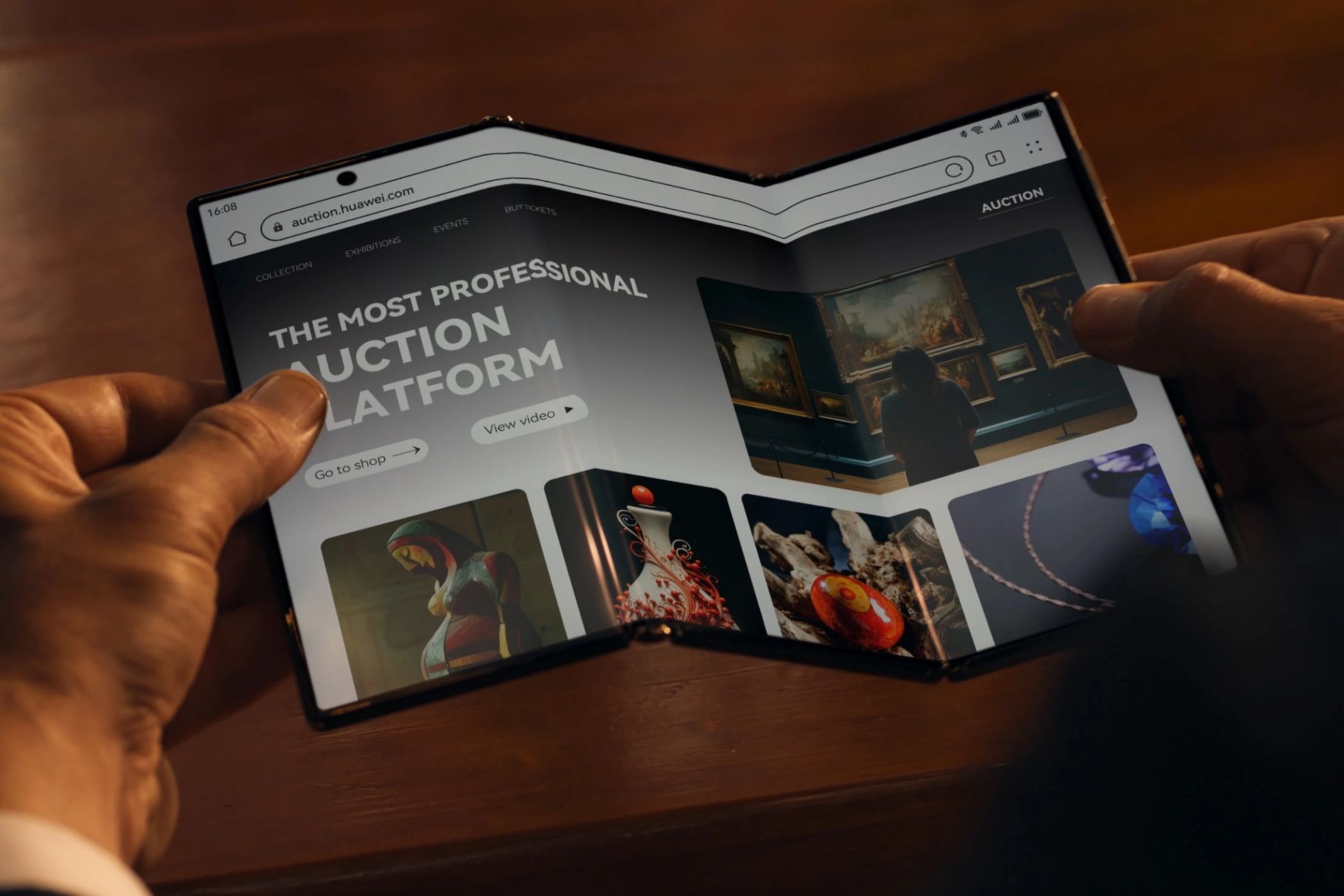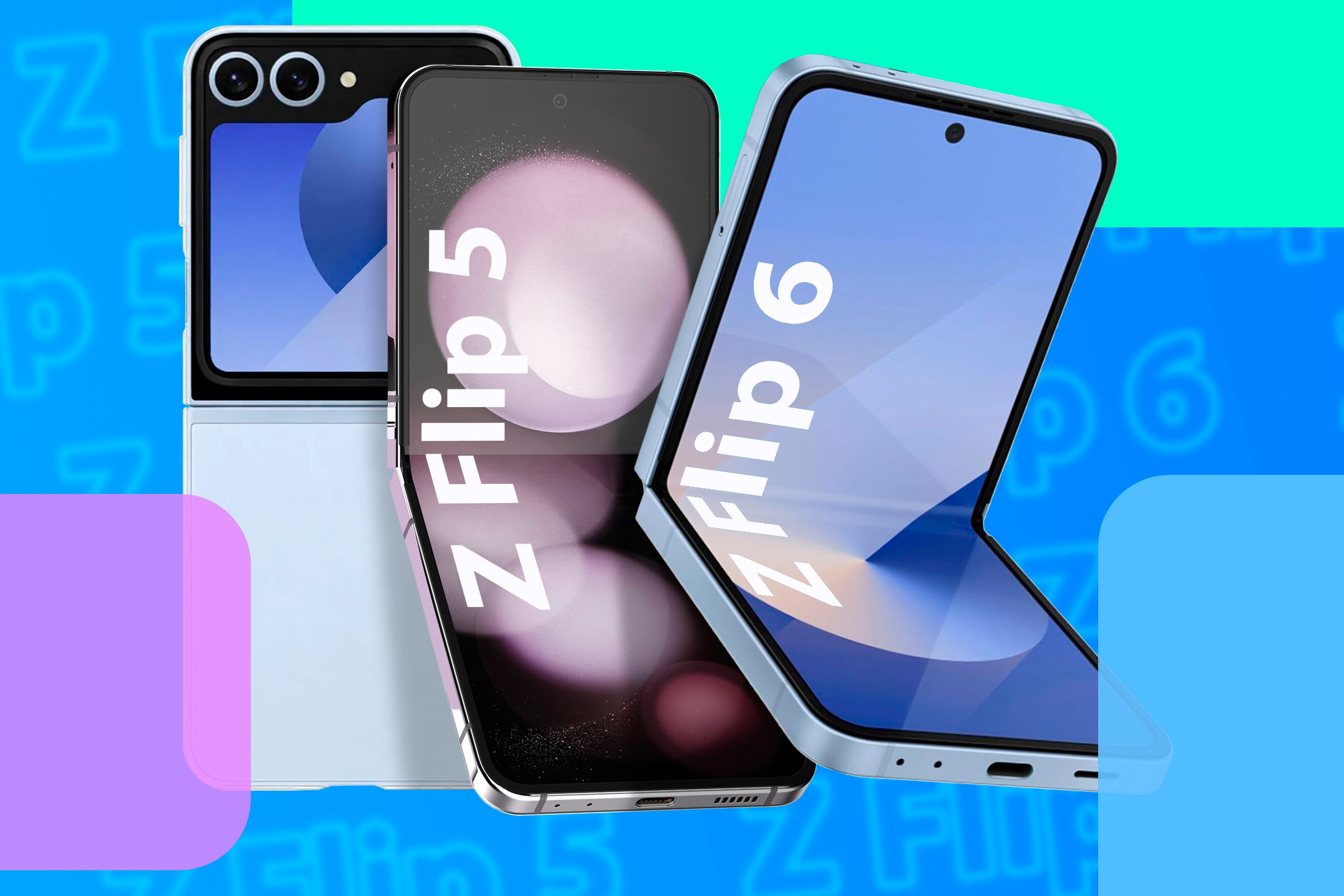Quick Links
As someone who has always been loyal to the iPhone, I’ve recently decided to break the mold and switch to a different brand. This decision has led me to conclude that I’m ready to take an even bigger leap in my search for a new device—I want a foldable phone.
1 Exciting and Future-Proofed Tech
Foldable phones have come a long way since Royole launched the first of its type in 2018. Subsequently, many other manufacturers have jumped on the bandwagon, meaning there’s a wide range of high-quality foldables on the market. While Apple always strives to incorporate upgraded technology with each new phone it releases, such as increased screen brightness, improved cameras, and a greater focus on AI through Apple Intelligence, it’s a far cry from the leaps it made in its seminal days.
In other words, new iPhones don’t excite me anymore. I’m craving that wow factor that I felt when I upgraded to the iPhone 4 with its front-facing camera and then the iPhone 5s and its Touch ID. I’m convinced that foldable phones can give me the technological hit and futuristic feel I so badly need, and—given their relative infancy—they’re likely to receive more of the latest innovations in the years to come. If Apple were to join the foldable ride, maybe I’d consider sticking to my roots, but there’s no sign of this happening anytime soon.
Maybe I should go the full distance and dive into the realm of tri-foldable phones, such as the Huawei Mate XT Ultimate. However, since this next-generation device is still quite a relatively new innovation, maybe that’s something I’ll consider if I like what the standard foldable has to offer.
2 Enhanced User Experience
One of the biggest pull factors of foldable phones is their ability to offer a better all-around viewing experience. As someone who uses my phone daily for both work and pleasure, I’m excited by the prospect of watching my favorite films and using the Microsoft Word and Microsoft Excel mobile apps on a larger screen. Moreover, using split-screen apps and multi-window views on my phone would bring a wealth of benefits that I take for granted on my desktop computer.
3 They’re Portable
The trade-off between screen size and portability has always been something that phone companies have had to battle with. On the one hand, Samsung’s 2022 Galaxy S22 Ultra (6.8 inches) and Apple’s 2024 iPhone 16 Pro Max (6.9 inches) offer enhanced usability due to their large screens. Indeed, if I had things my way, they’d be even bigger. But that obviously comes with the drawbacks of having a larger phone, such as its ability to fit comfortably in your hand or your pocket.
Foldable phones, on the other hand, offer more real estate space while retaining their portability. Yes, book-style foldable phones are likely to be slightly chunkier than a standard mobile phone, but they offer a handy solution to the screen size-portability conflict, and companies like Google are working on making them thinner. I’m considering opting for a flip-style foldable, like the Samsung Galaxy Z Flip, which, being essentially half the height of a regular phone when folded, is more pocketable than a standard smartphone.
4 Tablets are Too Big
Considering my two previous points at the same time, having a foldable phone is preferable to me over having a traditional smartphone and a tablet. For one, that means I’d have two devices when I really want to be able to do everything on one. What’s more, while tablets offer even more screen real estate, they’re not something you can slide into your pocket. That’s why a foldable phone is the way forward for me—I’ll get a device with a screen closer to the size of a tablet while benefiting from portability closer to that of a regular smartphone. As well as being more portable than tablets, foldable phones have better camera systems, so that’s the final nail in the coffin of the tablet option.
5 They’re More Affordable Than I Thought
One thing that’s always deterred me from moving into the realm of foldable phones is their perceived price point. After all, the technology and materials required to enable the fold while ensuring durability would surely mean that foldable phones would be at the top end of the mobile price range. On top of that, anything at the forefront of innovation usually demands the most money.
However, my colleague Bertel has convinced me otherwise. Soon after they launch, phones can quickly come down in price, they rarely sell at their full retail value, and—as Bertel explains—”even Samsung’s most premium phones will typically have a discount.” Samsung aside, the key is to look at non-premium brands. For example, the Motorola Razr and the OnePlus Open have been cheaper alternatives to the Galaxy, Pixel, and Google foldables in recent years, and their lower price hasn’t meant that they’re in any way inferior.
As someone who often pays a premium anyway for iPhones, I know there are foldable phones that are cheaper than what I’m used to paying.
6 Foldables Are Fancy
I’m not usually one for craving attention, but I find it hard to deny that foldable phones are enviably cool. There’s something James Bond-like about whipping a device out of your pocket, unfolding it, tapping away on its massive screen, and then folding it back up and stowing it away—all while toking away on a Cuban cigar. Maybe I’m being caught up in the nostalgia of the flip phones of the 90s, but that’s fine by me!
It goes without saying that there are some drawbacks that I have to consider before I make my purchase. I can probably be labeled a careless phone owner, but gone are the days of worrying about accidentally dropping my iPhone in water. Foldable phones, on the other hand, are not as resistant to liquid and dust damage, so I’ll have to handle my device with a lot more care (and be prepared to fork out if I do have a mishap). Staying on the theme of durability, it’s inevitable that if you repeatedly bend and unbend plastic or glass, it’s likely to break eventually. Similarly, other moving parts, like complex hinges, are always more liable to wear and tear over the years. Of course, tech companies are working tirelessly to increase the lifespan of these foldable phones, but it’s definitely a factor that I need to consider when thinking about how many years I’m going to get out of my new phone.






